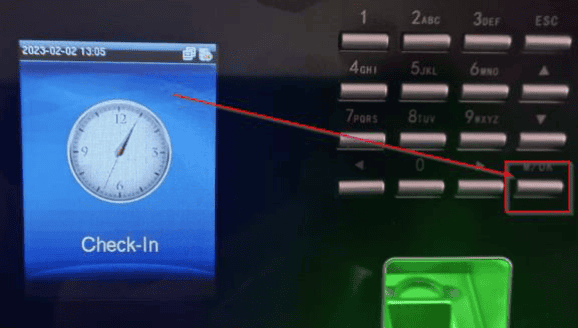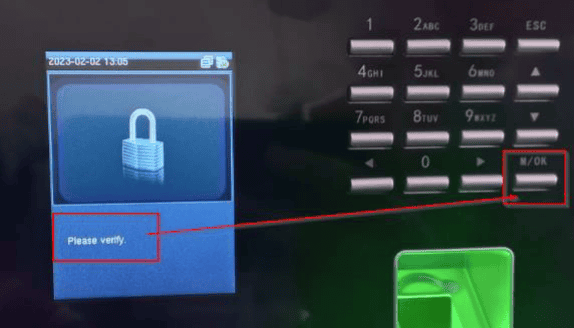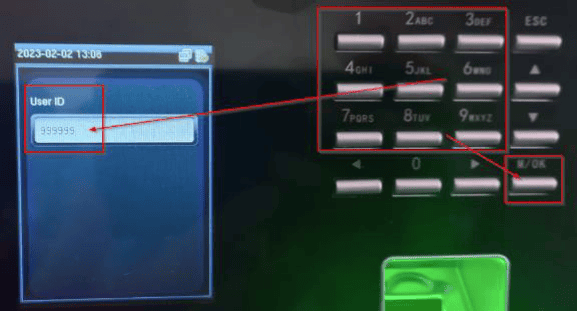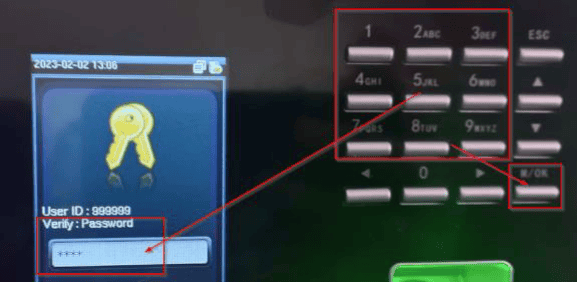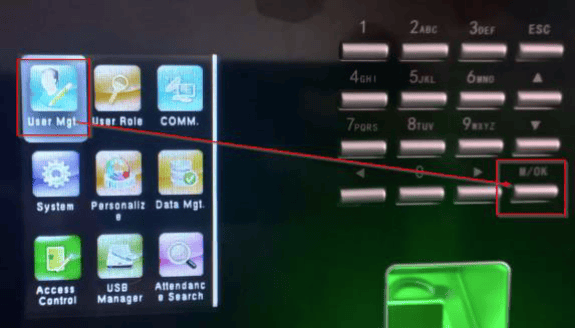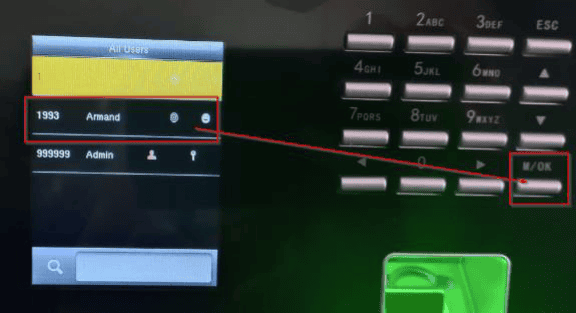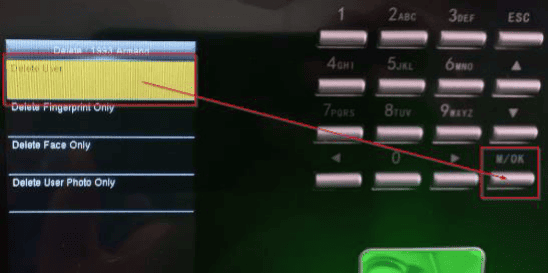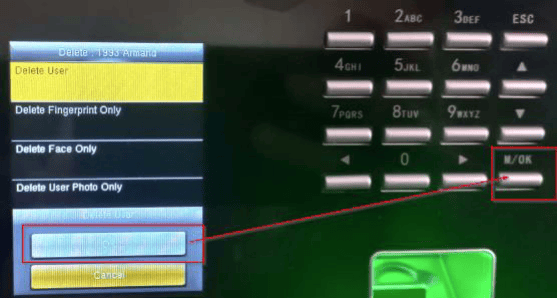

Integration with Other Systems
These software solutions often provide integration capabilities with other systems such as payroll, project management, and health and safety platforms. This holistic approach ensures that all aspects of remote employment are seamlessly managed, reinforcing the efficiency of the remote work environment.
The vending landscape of remote time and attendance is as varied as the sectors it serves, with software providers honing their offerings-such as Clock Anywhere solutions-to meet the particular needs of their target industries across the world. These current trends provide a snapshot of a rapidly evolving field, constantly aiming to keep pace with and further reinforce the growth of the remote work culture in South Africa.
Managing Remote Attendance During the Easter Holiday
Challenges of Remote Work
- Remote Work Dynamics
- Many employees will be working remotely during the Easter holiday.
- This can complicate attendance management for employers.
- Attendance Tracking Difficulties
- Keeping track of employee attendance during holidays can be challenging.
Benefits of Remote Work
- Flexibility and Productivity
- Remote work offers numerous benefits, including flexibility.
Strategies for Effective Attendance Tracking
- Utilizing Time and Attendance Software
- Essential for monitoring employee attendance and hours worked in real-time.
- Allows accurate recording of attendance, even when working remotely.
- Provides employers with necessary information to manage remote employees effectively.
Importance of Communication
- Clear Expectations
- Employers must communicate effectively with remote workers.
- Clearly convey expectations regarding attendance and productivity.
- Setting Achievable Targets
- Establishing realistic goals helps remote workers stay focused.
- Targets encourage productivity while working from home.
Leveraging Technology for Remote Attendance Tracking During Easter
1. Keeps employers and employees connected, fostering communication and collaboration.
2. Allows employers to track attendance and productivity as it happens.
3. Helps ensure that employees stay on task and meet deadlines.
Video conferencing tools also offer employers the ability to monitor employee productivity in real-time. With video conferencing, employers can observe remote employees’ behavior, such as their engagement level and the tasks they are working on, to ensure that they are staying on task and meeting their deadlines.
Employers can utilize time and attendance software, set clear expectations for remote workers, and leverage technology such as video conferencing to track attendance effectively.











